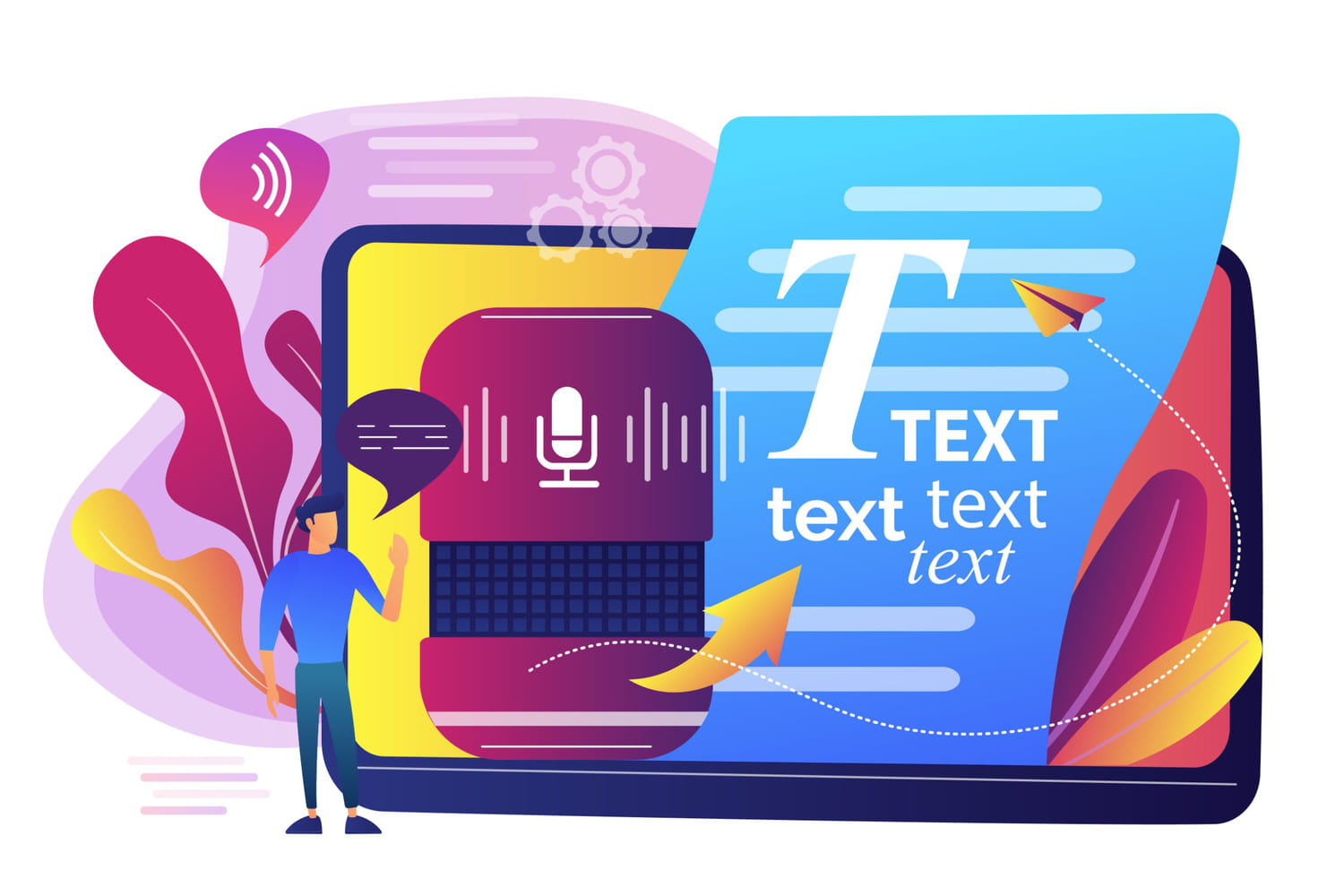
Speech synthesis allows the machine to translate the voice into text. With artificial intelligence, its operation becomes optimal. Many free speech-to-text tools exist.
What is speech synthesis?
Speech synthesis is a computer technique that consists in generating an artificial voice. It relies on linguistic processing techniques to convert the text produced by the machine into a phonetic version, and then on signal processing techniques to transform the latter into a digital sound rendering that can be broadcast through a loudspeaker.
In contrast to speech-to-text (automatic speech recognition), text-to-speech refers to the transformation of computer text data into artificial voice.
What is a synthesized voice?
A synthesized voice results from the conversion of a text into a sequence of phonemes aiming to be as close as possible to a human voice.
What is the best text-to-speech?
In 2020, the Mozilla Foundation published a study in collaboration with Carnegie Mellon and Northwestern Universities to estimate the quality of text-to-speech applications. Google’s wavenet text-to-speech model came out on top of this benchmark, ahead of Windows and Amazon Poly.
Free text-to-speech tool
There are many free text-to-speech tools available online. They are designed to translate text into voice on the fly. Some of these voice generators include:
Text-to-speech in Word is offered in Office 2019, Office 2021 and Microsoft 365. To activate it, you need to follow these steps: from Azure Text to speech for the first
- Go to the Review menu,
- Click on “Read Aloud”,
- From the command menu, select “Read” to have Word read the text aloud.
Realistic speech synthesis
Amazon, Google and Microsoft each offer text-to-speech cloud services based on giant artificial intelligence engines. The goal: to get the most realistic voice possible. The first one is Amazon Polly, the second one is Google Cloud Text-to-Speech and the third one is Azure Text-to-Speech.
To create a synthesized voice, it is necessary to use a text-to-speech (TTS) engine. It allows to shape autonomously an artificial voice from a text produced by the machine, thanks to the use of AI and deep learning.
It is important to differentiate between intelligent TTS software and simple automated voice response software, based on pre-recorded words in a database. There are many websites offering a free text-to-speech service (see list above).
What is a text-to-speech engine?
A text-to-speech engine consists of a front-end and a back-end. The front-end is dedicated to splitting the text into words by associating each one with its phonetic transcription. This phonetic analysis step by fragmentation of the text occurs first.
Then, the voice synthesis engine uses its back-end system (synthesizer) to convert the linguistic and phonetic strings thus cut into sound. The synthetic voice is created by this last process.
What is the contribution of deep learning in speech synthesis?
Deep learning, through the use of deep artificial neural networks, allows to optimize speech synthesis in order to bring the sound rendering closer to the human voice. It reproduces voice inflections, intonations, tone variations, even accents…
Deep learning also introduces changes in rhythm and pronunciation. These elements will contribute to a better understanding by the target audience, but also more flexibility in language programming.
On Android, Google offers a text-to-speech application. Available on Google Play, it allows to use an Android smartphone to control applications by voice. In concrete terms, it translates a vocal request into a written request that can be understood by the software. It also allows to transcribe a text that has been recorded vocally.
Within its cloud offer, Google proposes a speech-to-text API for developers. It allows them to integrate text-to-speech features into their applications on a pay-per-use basis.
Examples of speech-to-text applications
Speech synthesis concerns different fields of application, such as:
- Audio books,
- Audio working documents (example of ReadSpeaker software that also underlines the written text),
- Techniques for reading without looking at a screen (visually impaired),
- Intelligent automated telephone services,
- GPS,
- Bank machines with integrated voice,
- Voicebots,
- Intelligent voice assistants (Alexa, Google Home…)…


